Home>Articles>How To Remove Scratches From Induction Cooktop
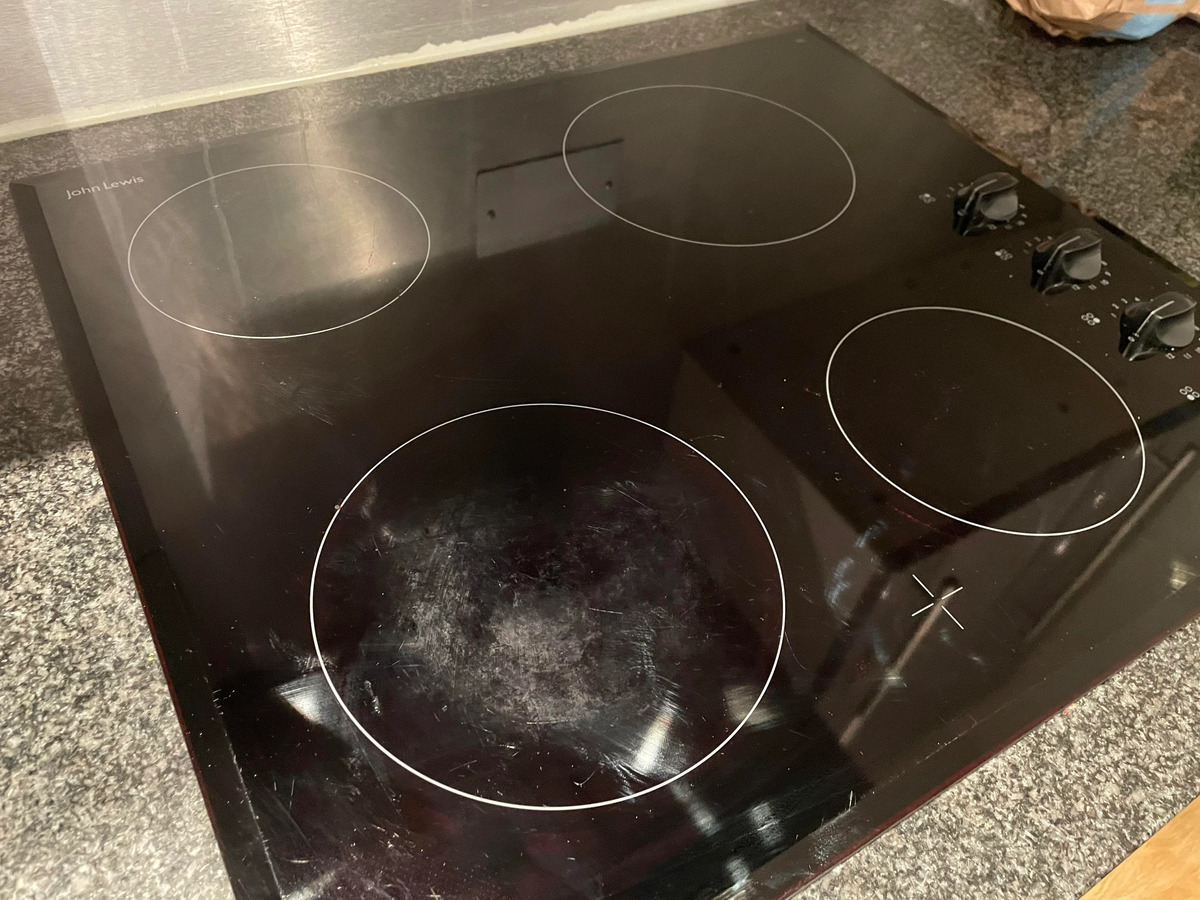

Articles
How To Remove Scratches From Induction Cooktop
Modified: February 26, 2024
Learn effective techniques to remove scratches from your induction cooktop in this informative article. Discover easy DIY methods and expert tips to restore your cooktop's pristine appearance.
(Many of the links in this article redirect to a specific reviewed product. Your purchase of these products through affiliate links helps to generate commission for Storables.com, at no extra cost. Learn more)
Introduction
Induction cooktops have become increasingly popular in modern kitchens due to their sleek design, energy efficiency, and precise cooking capabilities. However, like any other kitchen appliance, induction cooktops are not immune to scratches. Whether caused by abrasive cleaners, rough cookware, or accidental misuse, scratches can mar the surface of your induction cooktop and diminish its appearance.
If you’re facing the dilemma of how to remove scratches from your induction cooktop, you’re not alone. Fortunately, there are several methods you can try to restore the glossy finish and eliminate those unsightly scratches.
Before delving into the specific techniques for scratch removal, it’s important to understand the different types of scratches that can occur on an induction cooktop. This knowledge will help you choose the most appropriate method for your specific situation.
It’s also crucial to take certain precautions before attempting to remove scratches. This will ensure that you don’t further damage the cooktop or make the problem worse. By following the right steps and using the proper tools, you can effectively restore your induction cooktop to its former glory.
In this comprehensive guide, we will explore various methods for removing scratches from induction cooktops, including using non-abrasive cleaners and soft cloths, specialized cooktop cleaners, toothpaste or baking soda paste, and glass stovetop scratch repair kits. Additionally, we will discuss prevention tips to avoid future scratches and maintain the pristine condition of your induction cooktop.
So, if you’re ready to bid farewell to those bothersome scratches and regain a flawless cooktop surface, let’s dive into the world of scratch removal solutions for induction cooktops!
Key Takeaways:
- Induction cooktop scratches can be removed using non-abrasive cleaners, specialized cooktop cleaners, toothpaste or baking soda paste, and glass stovetop scratch repair kits. Precautions and preventive measures are essential for safe and effective scratch removal.
- Preventing scratches on induction cooktops involves using smooth-bottomed cookware, avoiding sliding pots and pans, choosing the right cookware, being mindful of utensils, cleaning regularly, wiping spills promptly, and using protective coverings. Familiarizing yourself with the user manual and following manufacturer’s guidelines is crucial for maintaining a scratch-free cooktop.
Understanding Induction Cooktops
Before we delve into the world of scratch removal, it’s essential to have a basic understanding of induction cooktops and how they work. Unlike traditional gas or electric cooktops that use direct heat, induction cooktops rely on electromagnetic currents to generate heat.
Induction cooktops feature a smooth, glass-ceramic surface that remains cool to the touch during cooking. Beneath this surface, there are copper coils that generate electromagnetic fields when electricity is passed through them. These magnetic fields create a current in the cookware, resulting in the rapid generation of heat.
One of the primary advantages of induction cooktops is their remarkable efficiency. They heat up quickly, offer precise temperature control, and distribute heat evenly across the cooking surface. Additionally, since the cookware itself is being heated rather than the cooktop surface, there is less energy wasted during the cooking process.
When it comes to cleaning and maintenance, induction cooktops require special care due to their glass-ceramic surface. This surface can scratch easily if not handled correctly, which can be a cause for concern for many homeowners.
Now that we have a basic understanding of induction cooktops, let’s explore the types of scratches that can occur and the precautions you should take before attempting to remove them.
Types of Scratches on Induction Cooktops
Scratches on induction cooktops can vary in severity and depth. Understanding the different types of scratches will help you determine the most suitable method for removal. Here are a few common types of scratches that can occur:
- Surface Scratches: These are shallow scratches that only affect the topmost layer of the cooktop’s glass-ceramic surface. They are usually caused by light rubbing or sliding of pots and pans or the use of abrasive cleaning materials.
- Deep Scratches: Unlike surface scratches, deep scratches extend beyond the top layer of the cooktop. They are more noticeable and can occur from accidentally dropping heavy objects onto the cooktop or using rough-edged cookware.
- Circular Scratches: Circular scratches are generally caused by using circular or spiral scrubbing motions while cleaning the cooktop. They can be shallow or deep, depending on the force applied during cleaning.
- Scuff Marks: Scuff marks are a type of surface-level scratch that appears as a hazy or cloudy area on the cooktop. They are often caused by the buildup of food residue or by rubbing abrasive materials against the surface.
- Hairline Scratches: Hairline scratches are thin, straight scratches that are barely visible to the naked eye. They result from the use of sharp utensils or scraping the cooktop with abrasive materials.
Identifying the type of scratch on your induction cooktop will help you choose the appropriate method for removal. While surface scratches can often be buffed out or easily repaired, deeper scratches may require more intensive techniques or even professional assistance.
Now that we have an understanding of the different types of scratches, let’s move on to the precautions you should take before attempting to remove them.
Precautions before Removing Scratches
Before jumping into the process of removing scratches from your induction cooktop, it’s essential to take a few precautions to avoid further damage and ensure your safety. Here are some precautions to keep in mind:
- Turn Off and Cool Down: Before attempting any scratch removal techniques, make sure to turn off the cooktop and allow it to cool down completely. This will prevent any accidental burns and ensure safe handling during the process.
- Protective Gear: Wear protective gloves and safety glasses to safeguard yourself from any potential injuries. Some techniques may involve the use of abrasive materials or require physical exertion, so it’s important to take precautions to protect your hands and eyes.
- Follow Manufacturer’s Instructions: Consult the user manual or manufacturer’s guidelines for your specific induction cooktop model regarding scratch removal. Different cooktops may have specific recommendations or restrictions on the use of certain cleaning agents or techniques.
- Test in a Small Area: Before applying any cleaning or scratch removal agents to the entire cooktop surface, test them in a small, inconspicuous area. This will help you determine if there are any adverse reactions or unwanted effects.
- Gently Clean the Surface: Before attempting scratch removal, give the cooktop a thorough cleaning using a non-abrasive cleaner and a soft cloth. Remove any food residue or debris to ensure a clean surface for the scratch removal process.
- Be Patient: Removing scratches from an induction cooktop can be a time-consuming process. Avoid rushing or using excessive force, as this can cause more harm than good. Take your time and follow the techniques carefully to achieve the best results.
By taking these precautions, you can minimize the risk of causing further damage to your induction cooktop and ensure a safe and effective scratch removal process.
Now that we have taken these necessary precautions, we are ready to explore the various methods for removing scratches from induction cooktops. Read on to discover the step-by-step techniques for restoring the pristine appearance of your cooktop.
Methods for Removing Scratches from Induction Cooktops
When it comes to removing scratches from your induction cooktop, there are several methods you can try, depending on the severity of the scratches and the materials you have on hand. Here are some effective techniques to consider:
Read more: How To Remove Scratches From Glass Cooktop
Method 1: Using Non-Abrasive Cleaners and Soft Cloth
This method is suitable for surface-level scratches and scuff marks. Start by cleaning the cooktop with a non-abrasive cleaner specifically designed for glass surfaces. Apply the cleaner to a soft cloth and gently rub the scratched area in a circular motion. Rinse off any residue and dry the surface with a clean cloth. Repeat the process if necessary until the scratches fade or disappear.
Method 2: Utilizing Specialized Cooktop Cleaners
For more stubborn surface scratches, you can try using specialized cooktop cleaners that are specifically formulated to remove scratches and restore the cooktop’s shine. Follow the instructions on the cleaner’s packaging, applying it to the scratched area and using a soft cloth or sponge to gently buff the surface. Wipe off any excess cleaner and inspect the area. Repeat the process if needed until the scratches are less visible.
Method 3: Applying Toothpaste or Baking Soda Paste
If you’re looking for a DIY approach, toothpaste or baking soda can be effective in repairing small surface scratches. Apply a small amount of toothpaste or create a paste with baking soda and water. Using a soft cloth, rub the paste onto the scratched area in a circular motion. Rinse off the paste and inspect the cooktop. Repeat the process if necessary until the scratches fade or disappear.
Method 4: Employing Glass Stovetop Scratch Repair Kits
For deeper scratches, you may need to use a glass stovetop scratch repair kit. These kits typically include a specialized compound or polish designed to fill in and buff out scratches. Follow the instructions provided with the kit, applying the compound to the scratches and using a soft cloth to buff the surface. Continue the process until the scratches are less noticeable or have disappeared.
It’s important to note that these repair kits are not suitable for all types of scratches, so it’s essential to read the instructions and ensure they are appropriate for your particular cooktop.
Remember, the effectiveness of these methods will vary depending on the severity and depth of the scratches. It’s always a good idea to start with the gentler methods before resorting to more aggressive techniques.
Now that you’re equipped with different scratch removal techniques, let’s move on to some preventive measures to help avoid future scratches on your induction cooktop.
Read more: How To Protect Glass Cooktop From Scratches
Method 1: Using Non-Abrasive Cleaners and Soft Cloth
If you’re dealing with surface-level scratches or scuff marks on your induction cooktop, using non-abrasive cleaners and a soft cloth can often be an effective solution. Here’s how you can utilize this method:
- Start by ensuring that your cooktop is turned off and has completely cooled down to avoid any potential injuries.
- Gently remove any loose debris or food residue from the cooktop surface using a soft cloth or sponge.
- Select a non-abrasive cleaner specifically formulated for glass surfaces. Check the manufacturer’s instructions to confirm its suitability for induction cooktops.
- Apply a small amount of the non-abrasive cleaner directly onto the scratched area or onto a soft cloth.
- Using the cloth, gently rub the scratched area in a circular motion. Apply slight pressure but be cautious not to exert too much force, as this can cause further damage.
- Continue rubbing the surface for a few minutes, focusing on the scratched area. This will allow the cleaner to work effectively and potentially diminish the appearance of the scratches.
- Rinse the cooktop surface thoroughly with clean water to remove any residue from the cleaner.
- Finally, use a dry, soft cloth to gently dry the surface and inspect the area for any remaining scratches. If necessary, repeat the process until the scratches become less visible or disappear completely.
It’s important to note that this method is most effective for shallow surface scratches and scuff marks. Deeper scratches may require more intensive methods or professional assistance.
By using non-abrasive cleaners and a soft cloth, you can effectively clean the cooktop surface while potentially reducing the visibility of scratches. Remember to always follow the manufacturer’s instructions for the specific cleaner you’re using and take care to avoid using abrasive materials that can further damage the cooktop.
Now that you’re familiar with method 1, let’s explore another approach using specialized cooktop cleaners.
Method 2: Utilizing Specialized Cooktop Cleaners
If you’re dealing with stubborn surface scratches on your induction cooktop, using specialized cooktop cleaners can offer effective results. These cleaners are specifically formulated to handle tough stains, scratches, and residue on glass-ceramic surfaces. Here’s how you can utilize this method:
- Begin by ensuring that the cooktop is turned off and allowed to cool down completely. Safety is of utmost importance when working with any cleaning agents or chemicals.
- Wipe away any loose debris or food particles on the cooktop using a soft cloth or sponge.
- Select a specialized cooktop cleaner that is suitable for glass-ceramic surfaces and compatible with induction cooktops. Read the instructions and safety precautions provided by the manufacturer.
- Apply a small amount of the cleaner onto the scratched area. You can use a soft cloth, sponge, or even a non-abrasive pad included with the cleaner.
- Gently rub the cleaner into the scratched area using circular motions, applying moderate pressure. Pay extra attention to the scratches, ensuring that the cleaner is evenly distributed.
- Continue to work the cleaner into the surface of the cooktop for a few minutes, allowing it to penetrate and potentially diminish the appearance of the scratches.
- Rinse the cooktop thoroughly with clean water to remove any cleaner residue.
- Using a dry, soft cloth, carefully dry the cooktop surface, ensuring that no moisture or residue remains.
- Inspect the treated area to assess the effectiveness of the specialized cleaner. If necessary, repeat the process, focusing on the scratches, until they become less noticeable or disappear entirely.
Specialized cooktop cleaners are designed to tackle tough stains and scratches, making them an excellent choice for more stubborn surface scratches. Ensure that you follow the manufacturer’s instructions carefully and use the cleaner as directed for the best results.
Remember to always exercise caution when working with chemicals and cleaning agents. Ensure proper ventilation and use protective gloves if recommended by the manufacturer.
Now that you’re familiar with method 2, let’s explore another approach using toothpaste or baking soda paste to remove scratches from your induction cooktop.
Method 3: Applying Toothpaste or Baking Soda Paste
If you’re looking for a DIY approach to remove small surface scratches on your induction cooktop, utilizing toothpaste or a baking soda paste can be an effective and affordable solution. Here’s how you can use toothpaste or baking soda paste to remove scratches:
- Ensure that your cooktop is turned off and has completely cooled down to prevent any accidents or burns.
- Thoroughly clean the cooktop surface, wiping away any loose debris or food particles with a soft cloth or sponge.
- If using toothpaste, select a non-gel, non-whitening toothpaste. For baking soda paste, create a thick paste by mixing baking soda with a small amount of water.
- Apply a small amount of toothpaste or baking soda paste directly onto the scratched area of the cooktop.
- Using a soft cloth or sponge, gently rub the toothpaste or baking soda paste onto the scratched area in a circular motion. Apply moderate pressure, but be careful not to exert too much force.
- Continue rubbing the paste into the surface for a few minutes, focusing on the scratches. This will allow the toothpaste or baking soda paste to work its way into the scratches and potentially diminish their appearance.
- Rinse the cooktop surface thoroughly with clean water to remove any residue from the toothpaste or baking soda paste.
- Using a dry, soft cloth, carefully dry the surface to ensure no moisture or residue remains.
- Inspect the treated area to assess the effectiveness of the toothpaste or baking soda paste. If necessary, repeat the process, concentrating on the scratches, until they become less visible or disappear completely.
Both toothpaste and baking soda are gentle abrasives that can effectively polish the surface and reduce the visibility of small surface scratches. However, it’s important to note that this method may not be as effective on deeper or more severe scratches.
Always exercise caution and test the toothpaste or baking soda paste in a small, inconspicuous area before applying it to the entire cooktop. This will ensure that there are no adverse reactions or unwanted effects.
Now that you’re familiar with method 3, let’s explore another approach using glass stovetop scratch repair kits to remove scratches from your induction cooktop.
Use a non-abrasive cleaner and a soft cloth to gently buff out minor scratches on your induction cooktop. For deeper scratches, consider using a cooktop cleaner and scraper specifically designed for glass cooktops. Always follow the manufacturer’s instructions.
Method 4: Employing Glass Stovetop Scratch Repair Kits
If you’re dealing with deeper scratches on your induction cooktop or the previous methods haven’t provided satisfactory results, employing a glass stovetop scratch repair kit can be an effective solution. These kits are specifically designed to fill in and buff out scratches, restoring the appearance of the cooktop. Here’s how you can use a glass stovetop scratch repair kit:
- Ensure that your induction cooktop is turned off and has completely cooled down to avoid any accidents or burns.
- Clean the cooktop surface thoroughly, removing any loose debris or food particles using a soft cloth or sponge.
- Read the instructions provided with the glass stovetop scratch repair kit carefully, as different kits may have specific application methods.
- If required by the kit, shake or mix the components to ensure they are properly blended.
- Use an applicator, such as a sponge or brush provided in the kit, to apply the scratch repair compound or polish onto the scratched area.
- Gently work the compound into the scratched area using a circular motion. Apply slight pressure but be careful not to exert too much force.
- Follow the manufacturer’s instructions regarding the recommended time for the compound or polish to sit on the surface.
- Using a soft cloth or a polishing pad provided in the kit, buff the surface in a circular motion to remove excess compound and blend the repaired area with the rest of the cooktop.
- Rinse the cooktop surface thoroughly with clean water to remove any residue from the compound or polish.
- Dry the surface using a soft cloth, ensuring that no moisture or residue remains.
- Inspect the treated area to assess the effectiveness of the glass stovetop scratch repair kit. If necessary, repeat the process until the scratches are less noticeable or have disappeared entirely.
Glass stovetop scratch repair kits are designed specifically for repairing deeper scratches and can provide excellent results. However, it’s important to note that different kits may produce varying results, so it’s essential to follow the manufacturer’s instructions and use the specific kit components accordingly.
Always exercise caution and test the repair kit in a small, inconspicuous area before applying it to the entire cooktop. This will ensure that there are no adverse reactions or unwanted effects.
By employing a glass stovetop scratch repair kit, you can effectively restore the appearance of your induction cooktop and reduce the visibility of deeper scratches.
Now that we have explored the four methods for removing scratches from induction cooktops, let’s move on to some preventive measures to help you avoid future scratches.
Read more: How To Remove Scratches From Toilet Seat
Prevention Tips for Avoiding Scratches
Preventing scratches on your induction cooktop is the best way to maintain its pristine appearance. Here are some preventive measures you can take to avoid scratches:
- Use Cookware with Smooth Bottoms: When cooking on an induction cooktop, ensure that the cookware you use has a smooth, flat bottom without any rough edges or protrusions. Rough-bottomed cookware can cause scratches when dragged across the cooktop’s surface.
- Avoid Sliding Pots and Pans: Instead of sliding your cookware across the cooktop’s surface, lift them up and place them gently to prevent scratches. Sliding can create friction and cause scratches over time.
- Choose the Right Cookware: Opt for cookware specifically designed for induction cooktops. Look for cookware with a flat, smooth base made from materials compatible with induction cooking, such as stainless steel or cast iron. Avoid using cookware with rough or textured bottoms.
- Be Mindful of Utensils: When stirring or serving food, avoid using metal utensils or utensils with sharp edges that can scratch the cooktop. Opt for non-abrasive utensils made from materials like silicone or wood.
- Clean Regularly: Clean your induction cooktop regularly to remove any food residue or debris. Use non-abrasive cleaners and soft cloths or sponges specifically designed for glass-ceramic surfaces. Avoid using harsh or abrasive cleaning materials that can cause scratches.
- Wipe Spills Promptly: If any spills occur on the cooktop, wipe them up immediately with a soft cloth or sponge. Dried or baked-on spills can become more difficult to remove and may require harsher cleaning methods that can potentially scratch the surface.
- Avoid Heavy Impact: Be cautious when placing heavy objects on the cooktop’s surface, as they can cause cracks or deep scratches. Avoid dropping heavy items, and consider using trivets or protective pads to provide an additional layer of cushioning.
- Use Protective Coverings: Consider using a cooktop cover or protector when the cooktop is not in use. These protective coverings can help guard against accidental scratches from other kitchen items or when cleaning the surrounding area.
- Read the User Manual: Familiarize yourself with the manufacturer’s guidelines and instructions specific to your induction cooktop model. Following the recommended use and care instructions can help prolong the lifespan of your cooktop and minimize the risk of scratches.
By following these preventive measures, you can significantly reduce the chances of scratches and keep your induction cooktop looking like new for years to come.
Now that you have learned various preventive tips, let’s wrap up this comprehensive guide on removing scratches from induction cooktops.
Conclusion
Induction cooktops are a fantastic addition to any modern kitchen, offering energy efficiency, precise cooking control, and a sleek appearance. However, scratches can detract from the cooktop’s beauty and diminish its overall appeal. Luckily, there are several methods available to remove scratches from your induction cooktop and restore it to its former glory.
In this comprehensive guide, we explored four effective methods for removing scratches from induction cooktops:
- Using non-abrasive cleaners and a soft cloth
- Utilizing specialized cooktop cleaners
- Applying toothpaste or baking soda paste
- Employing glass stovetop scratch repair kits
While each method is effective for different types of scratches, it’s crucial to exercise caution, follow the manufacturer’s instructions, and test any cleaning agents or repair kits on a small area before applying them to the entire cooktop.
Additionally, we discussed the importance of taking precautions before removing scratches, such as turning off the cooktop, using protective gear, and following the manufacturer’s guidelines. We also emphasized the significance of preventive measures to avoid scratches, such as using the right cookware, avoiding sliding pots and pans, and regularly cleaning the cooktop.
By combining the knowledge gained from this guide with proper care and preventive measures, you can prolong the life of your induction cooktop and maintain its pristine appearance.
Remember, it is always recommended to consult the user manual or reach out to the manufacturer for specific advice or professional assistance if you encounter severe or stubborn scratches that cannot be resolved with DIY methods.
With these tools and techniques at your disposal, you can confidently tackle scratches on your induction cooktop and enjoy cooking in a scratch-free, gleaming kitchen centerpiece.
Frequently Asked Questions about How To Remove Scratches From Induction Cooktop
Was this page helpful?
At Storables.com, we guarantee accurate and reliable information. Our content, validated by Expert Board Contributors, is crafted following stringent Editorial Policies. We're committed to providing you with well-researched, expert-backed insights for all your informational needs.
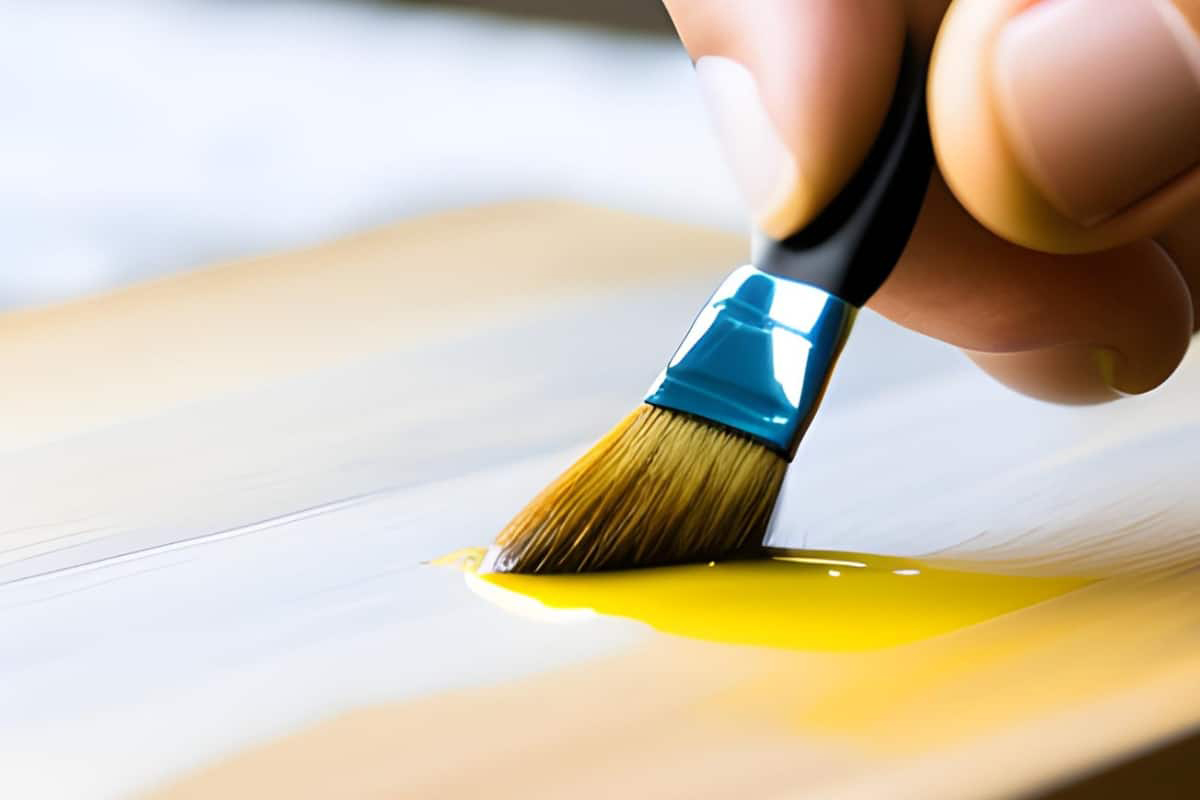
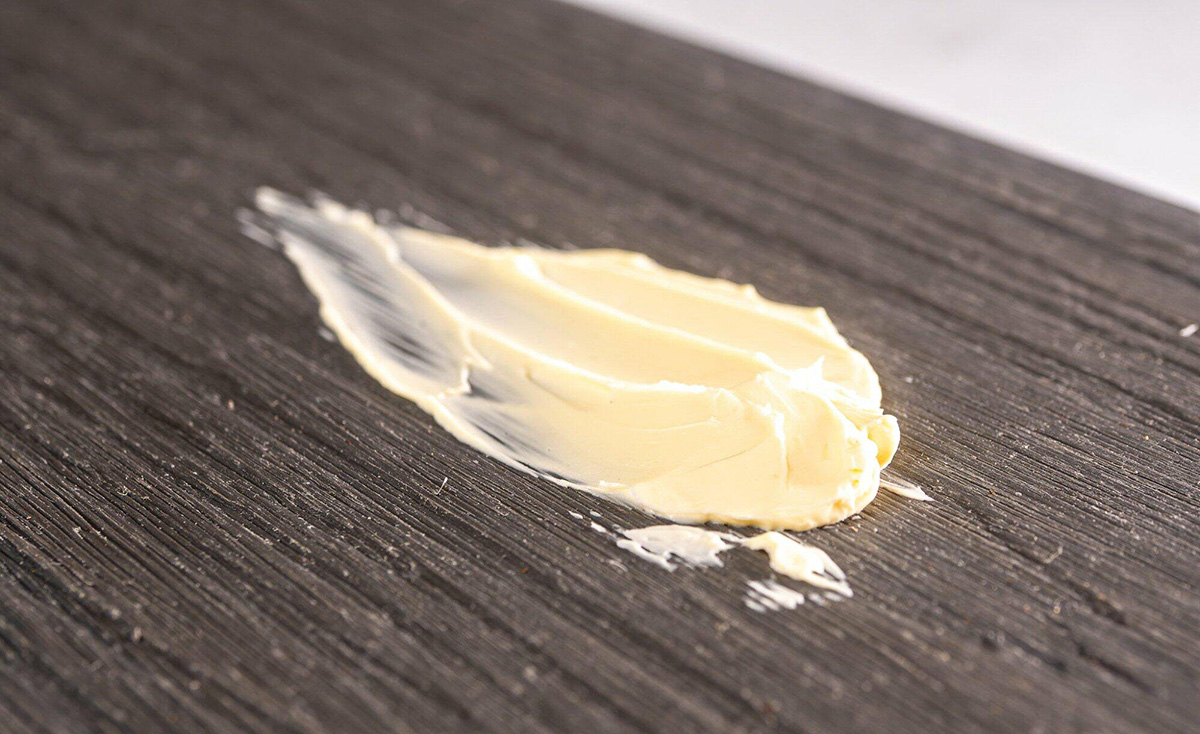
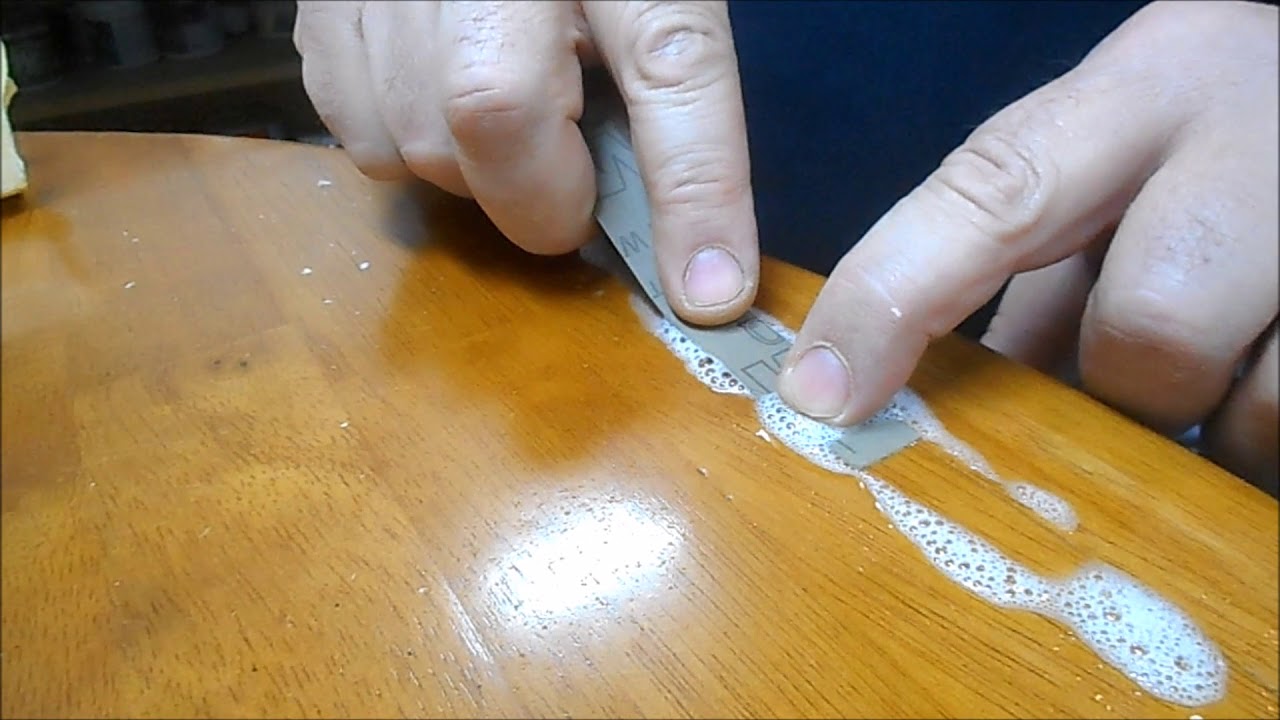
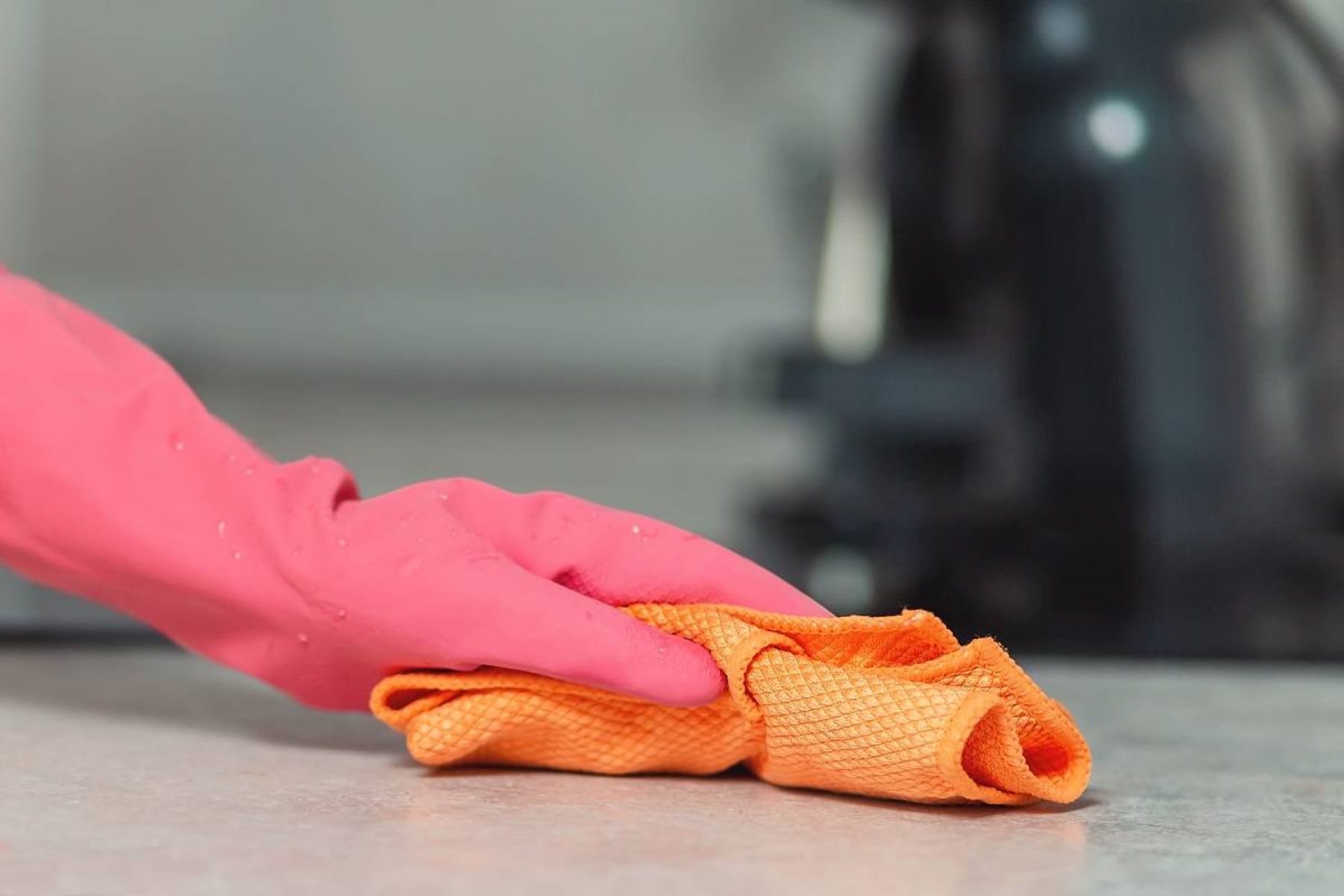
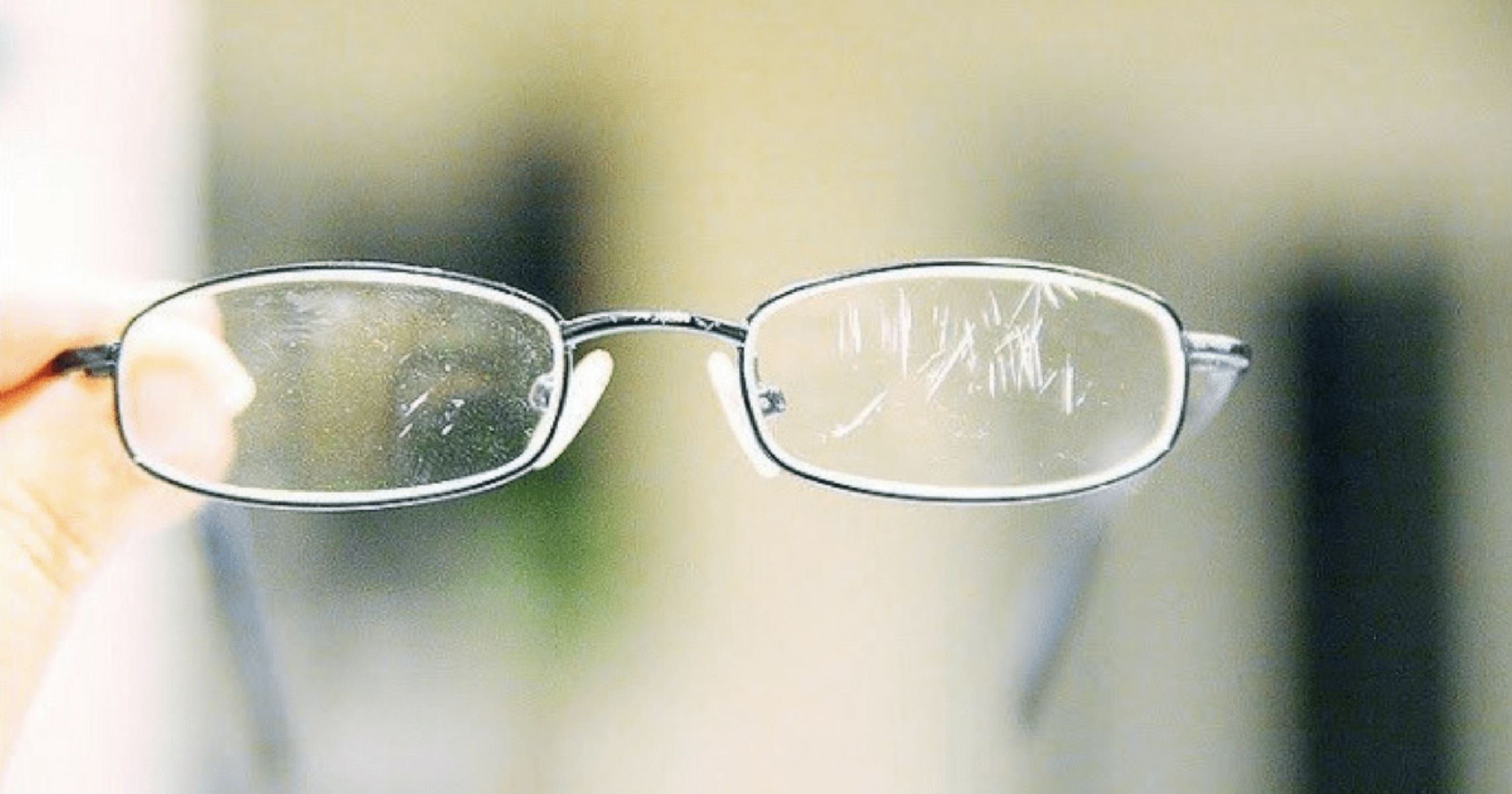
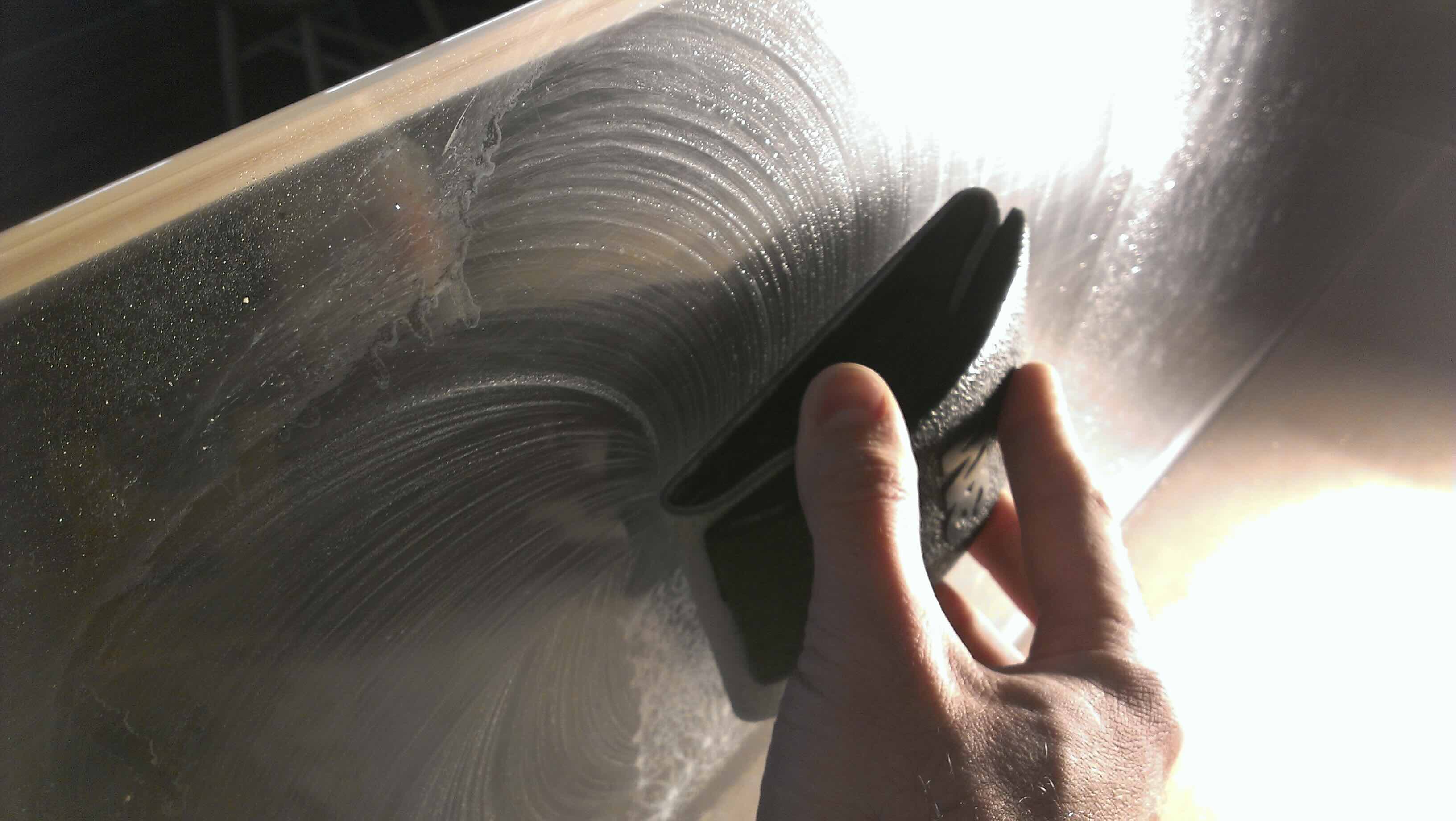
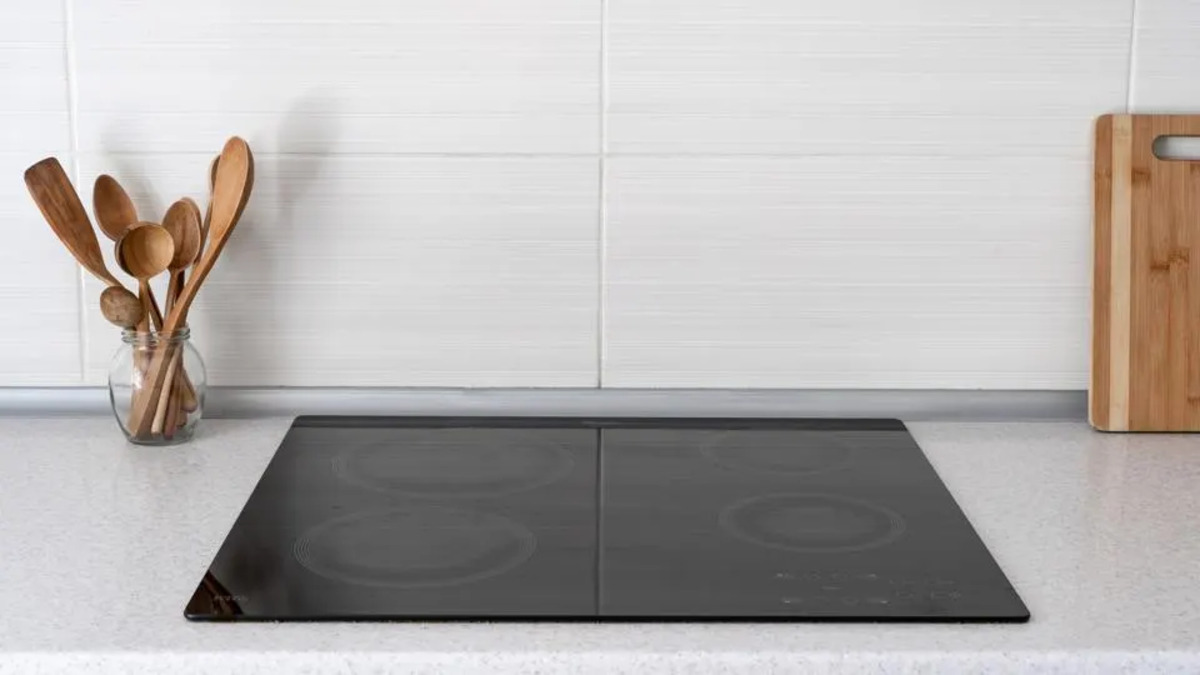
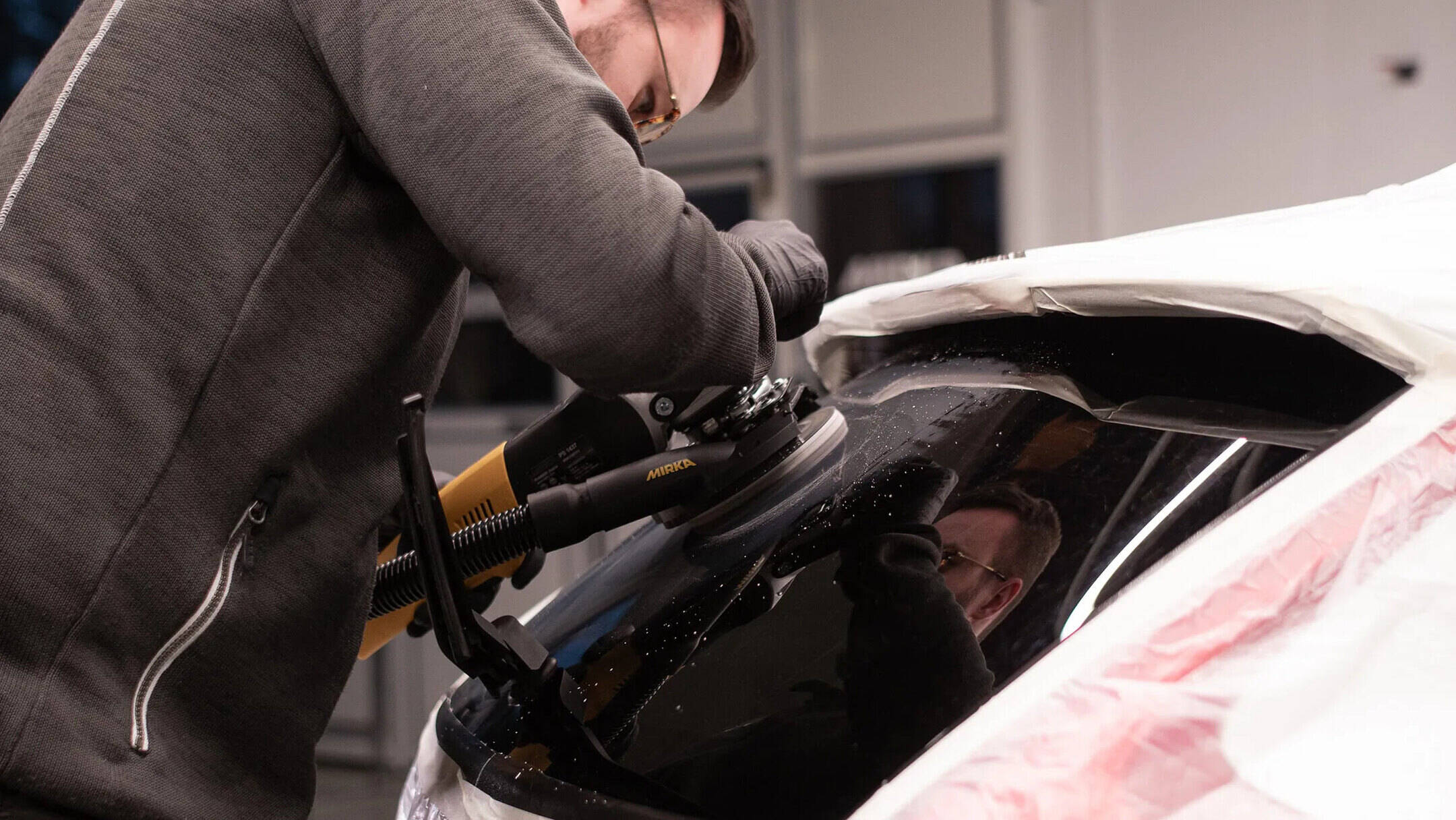
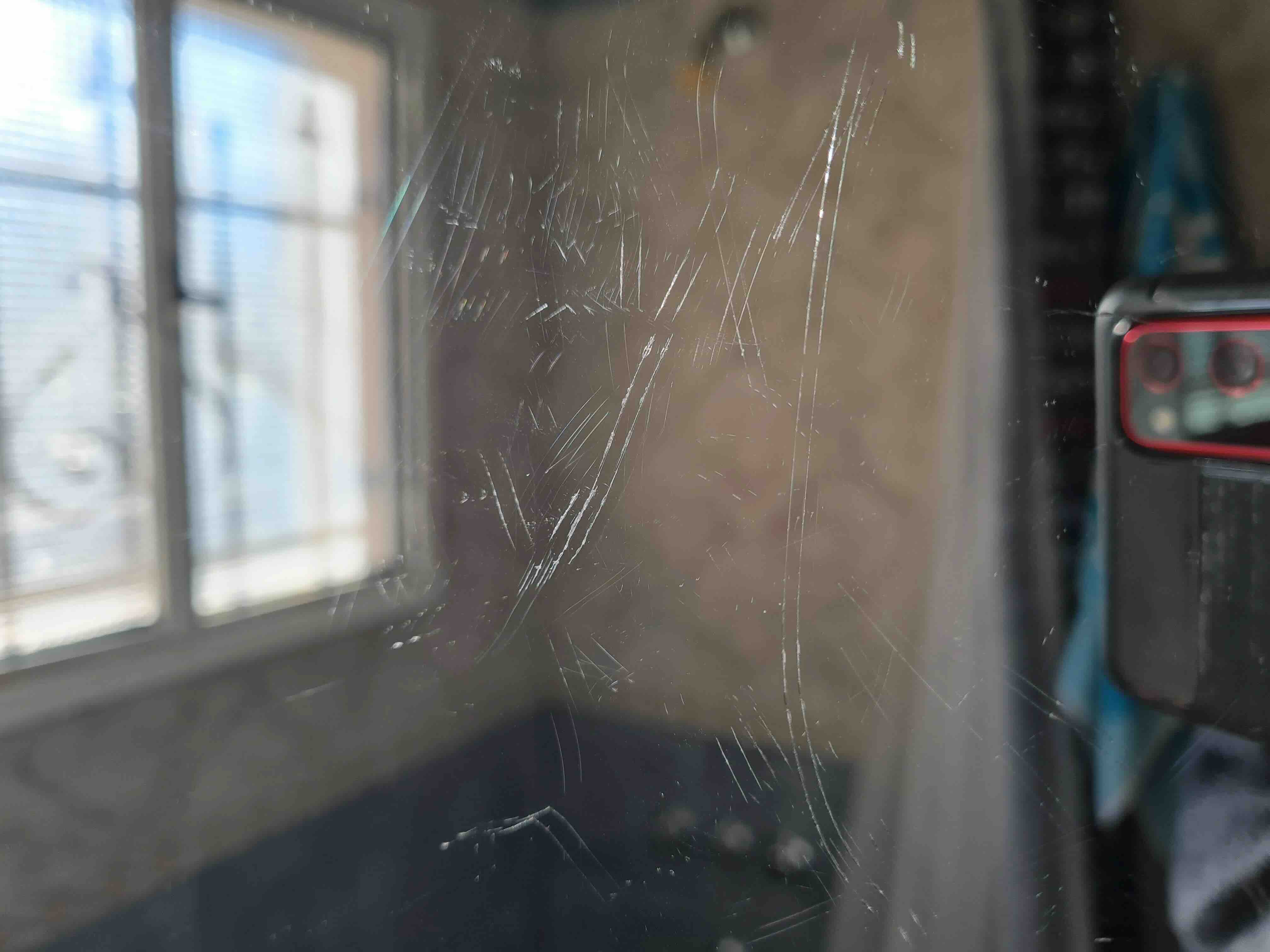
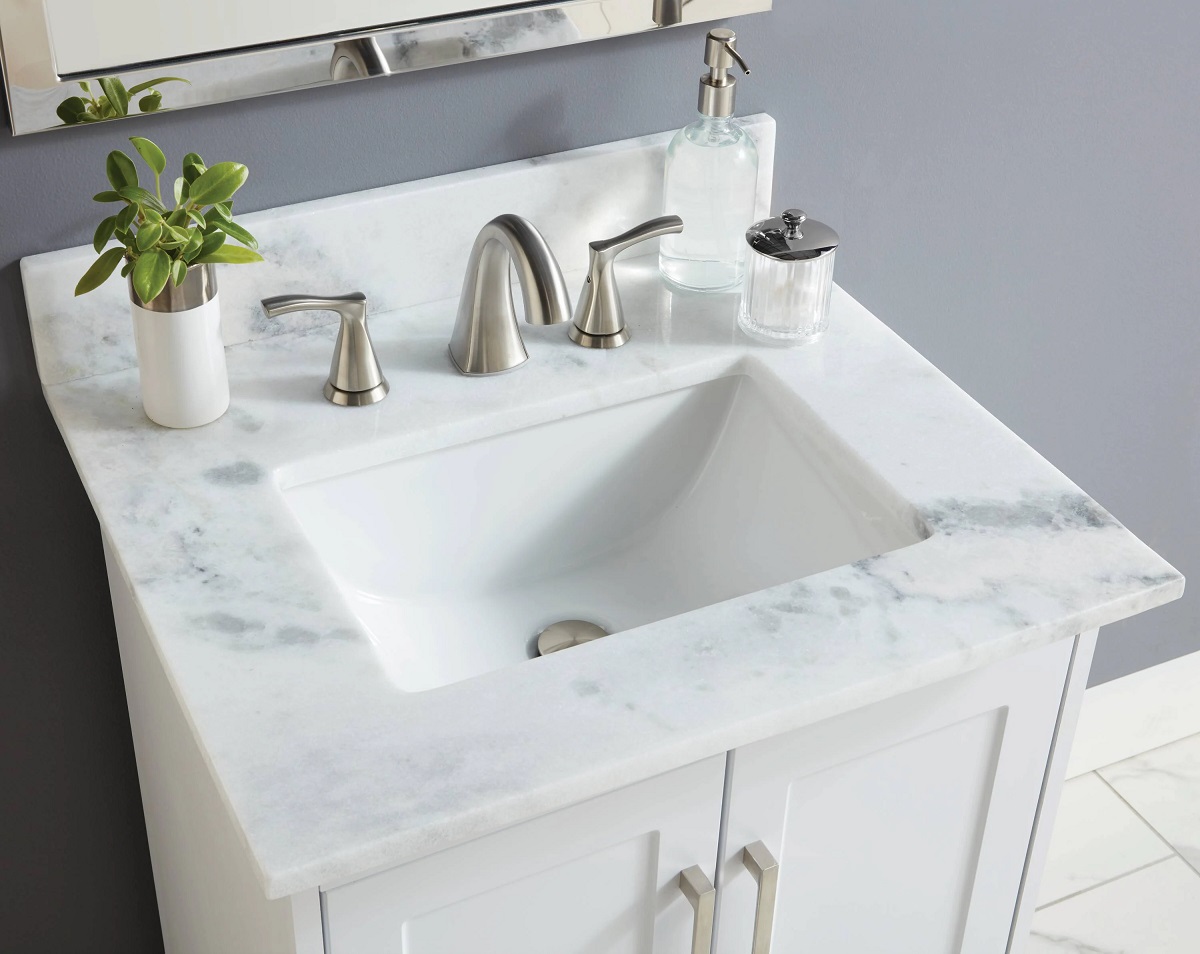

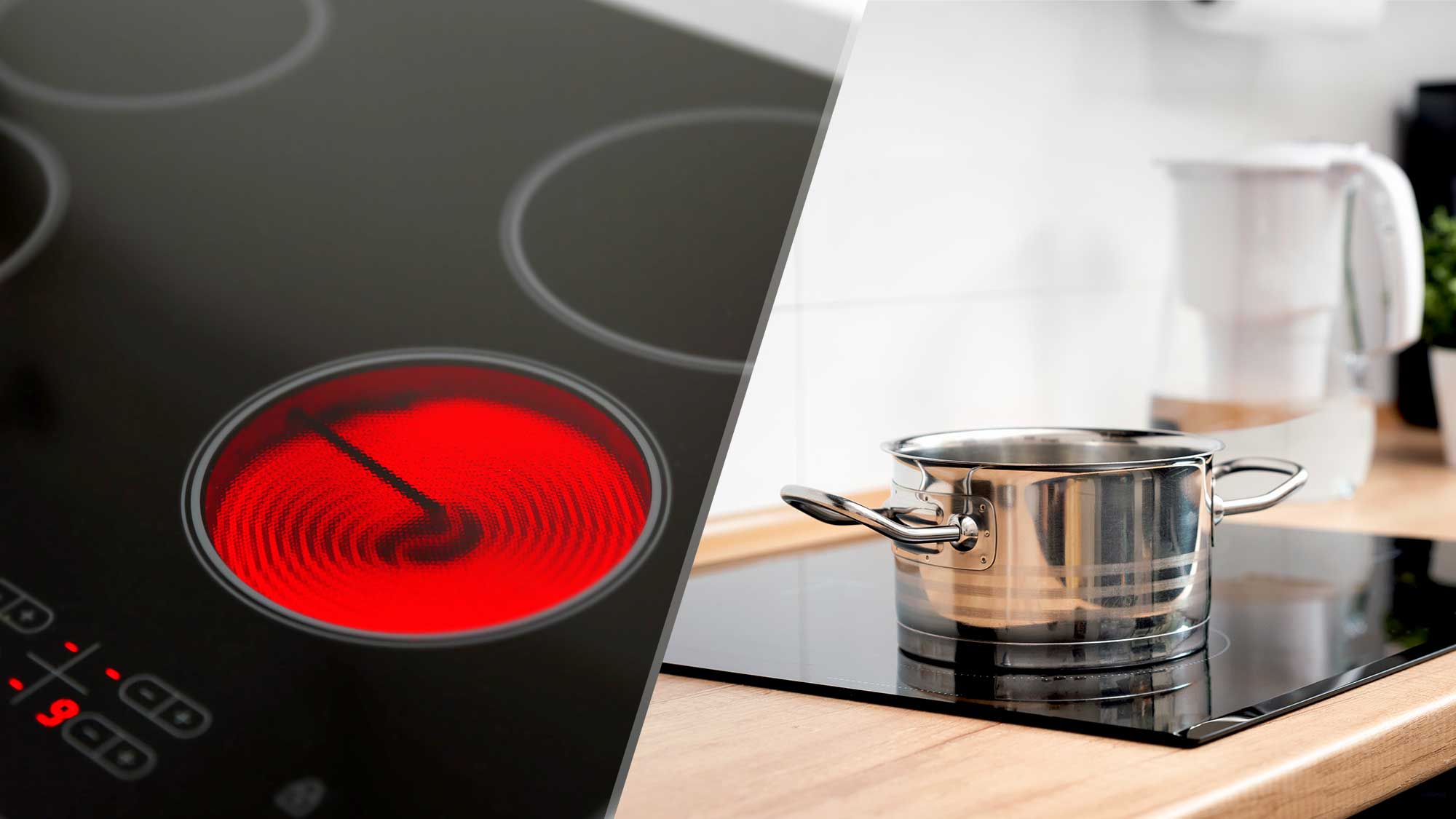

0 thoughts on “How To Remove Scratches From Induction Cooktop”